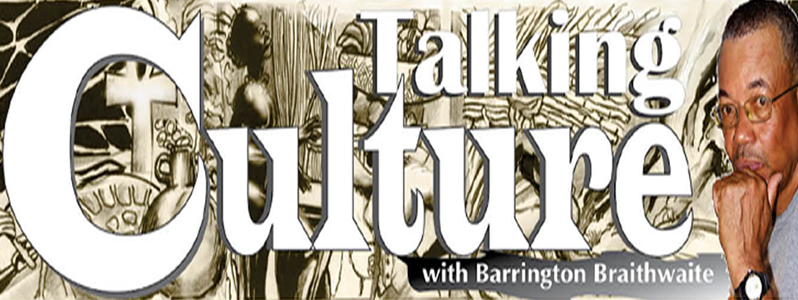A mythical quest for redemption
ANYONE who has fought addiction, whether as a parent with an infected offspring or as a personal challenge, can, without doubt, testify to have confronted an unimaginable. To clarify, from experience, we wrongly assume that if someone is shackled to alcohol or cigarettes and they are shown how damaging consuming this product is, they will wake up and kick the habit. It’s not true. By now, most of us know this.
From the mid-1980s, hard addictions, such as marijuana and cocaine, have infiltrated our streets, ‘long yards’ and functioning consciousness into the cravings of acceptance. As younger men, in boyhood, we laughed at the antics of drunk men and their slurring ‘buse-outs’ of domestic and other issues we couldn’t understand. Two drunk men in a fistfight was the talk of little boys for weeks after, especially if they fell into a nearby rain-filled gutter and had to be taken out by the “beat-duty police” (police patrolling the streets armed with batons in the ‘60s and early ‘70s).
We never understood the sagi-wang groups that hung around Bourda Market, whose drink of choice was methylated spirits, nor what happened to Mr. Fred when he drank ‘red rum’ and became possessed and headed for the deep, 40-foot trench. Six strapping men would be needed to subdue and control him. I’ve never researched this phenomenon to find out what was added to red rum to have this effect on some who drank it, but it’s never too late.
That was when the darker times came with industrial marijuana and cocaine, bringing seeds of hope behind a curtain of lurking darkness to many surrounded by the hopelessness that loss of jobs had created due to Cold War politics and the advent of computers that had slowly crept into the workforce. All this was added to the international reforms of marine shipping that closed the curtains on the stevedores and, eventually, the sugar industry.
No one could have imagined the devastation that cocaine and marijuana would have wrought on the nation’s most important national asset: Its human resources. From my explored experience, the chemical construct of these drugs is designed to enslave. Cocaine is extracted from the coca plant, but the science exists to understand what needs to be added to make its usage as necessary and habitual as a cup of tea in the morning.
Hidden human mental defects, in many cases, are what step in to make difficult the path of the addict’s recovery. I have found resistance in the considered former addict to accept responsibility, and the effort of resistance to reconstruct a timeline that allots blame to the very support group of people who were the custodians of the quest for recovery.
We call it the blame game. Research has indicated that long-term damage to the brain from both cocaine and marijuana’s constant usage is inevitable. Not to mention that these mentioned drugs are not alone out there. My offspring was subject to pharmaceutical support.
I’ve done some work over the last few years on this subject for a graphic project, and have paid attention to incidents across our country, as far back as the days of Baby Arthur in 1994. There are also over-the-counter pharmaceuticals that are very dangerous. I’m not unaware of the darker side of the pharmaceutical industry. Drugs have always been used to undermine peoples and nations, and then there is the illegal trial and exploration where there is no legislation.
Some years ago, I saw a supposed former addict visit my offspring. Something was wrong with this kid; there was something robotic about the way he walked and gestured. My son told me that they are called ‘robots’. I visited the physician back then and asked him not to prescribe any of these tablets to my offspring. A former drug addict advised me that the only healing procedure is the decision of the addict to heal. Other former users repeated the same to me; all realistic but very depressing. If so, then all else is circumstantial: With this advice, how does the addict begin to process their own time lost and awake from the curse of victimhood towards redemption? When normalcy is the natural assumption of the ‘ego’. The ego is ‘touchous’, and it is quick to define who the enemy is. Most times it’s wrong.
In closing, again, I can only see issues like this personified through mediums of Edutainment; blunt, realistic, but entertaining. Yet, they must be strong enough to inspire rather than be imposingly didactic in presentation.
De lamentables




.jpg)









